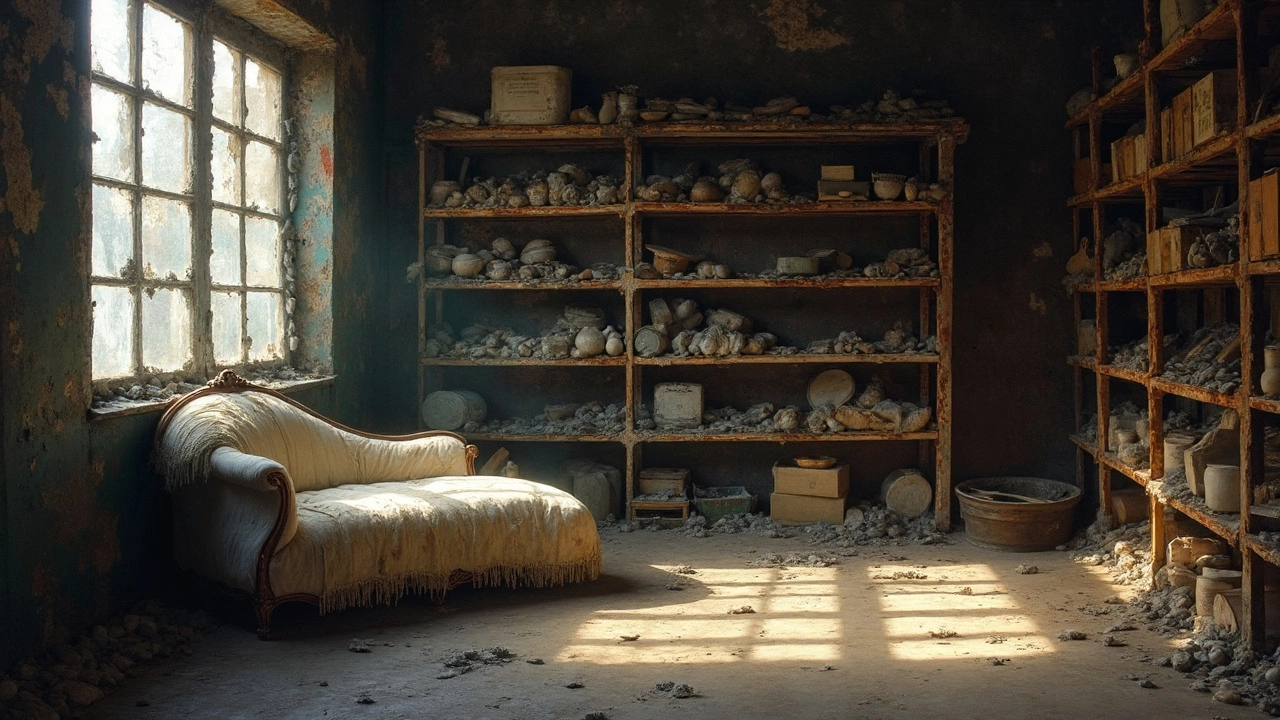How to Keep Mold Away from Your Furniture and Home
Ever notice a musty spot on a sofa or a dark patch on a cupboard? That’s mold trying to set up shop. The good news is you can shut it down with a few everyday habits. Below are the no‑nonsense moves that keep your rooms dry, fresh, and mold‑free.
Control Moisture Before It Becomes a Problem
The biggest mold driver is moisture. Aim for indoor humidity under 60 %. A cheap hygrometer tells you the exact level. If it’s high, run a dehumidifier or open windows to let dry air in. In kitchens and bathrooms, use exhaust fans while cooking or showering. Wipe down any water splashes on walls, floors, or furniture right away—dry surfaces don’t give mold a foothold.
Choose and Treat Furniture Smartly
Some woods and fabrics resist mold better than others. Solid hardwood, metal frames, and upholstery with antimicrobial treatments are top picks. When you bring new pieces home, give them a quick wipe with a vinegar‑water mix (1 part white vinegar to 4 parts water). That simple solution kills spores before they settle.
If you already have a mold spot, act fast. Scrub the area with the same vinegar mix, let it sit for ten minutes, then rinse and dry thoroughly. For porous items like cushions, sprinkle baking soda, let it sit an hour, then vacuum. The soda draws out moisture and neutralizes odor.
Don’t stack furniture tightly against walls. Air needs to circulate, especially in the winter when homes stay sealed. Leave a few inches of space so walls can dry out after a spill or a burst pipe.
Use breathable covers for sofas and chairs. Cotton throws or linen slipcovers let air flow, unlike plastic covers that trap humidity. If you store items in the basement or attic, add silica gel packets or charcoal briquettes to absorb lingering dampness.
Sunlight is a natural mold killer. Whenever possible, place furniture near a window for a few hours each week. The UV rays dry out spores and keep fabrics fresh.
Finally, keep cleaning tools clean. A mop or sponge that’s already damp can spread mold around. Rinse them well, wring out excess water, and let them air dry after each use.
Following these steps doesn’t require a big budget—just a little attention to moisture and a habit of quick clean‑ups. Your furniture stays looking good, and you breathe easier knowing mold isn’t lurking behind the couch.
Does Mold Grow in Storage Units? What You Need to Know
Mold growth in storage units is more common than you might think. This article explores the conditions that favor mold development and offers practical tips to prevent it, like using climate-controlled units and proper item preparation. Understanding the risks and how to manage them can save your possessions from the damaging effects of mold. Whether you're storing old furniture or precious keepsakes, staying informed can make a big difference.
More
